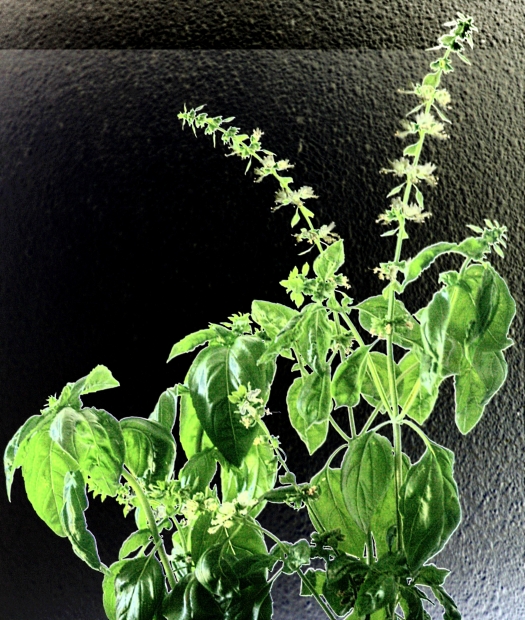 Loading... Please wait...
Loading... Please wait...Save Money. Grow Your Own!
Fast Plain Box Shipping.
We ship to the US & Canada.
Grow Your Own!
How to Understand the Properties of Primary Hydroponic Nutrients
Posted on 23rd Feb 2016
What's in all of this stuff that we give hydroponic plants? It’s a good question and one that beginning growers often struggle with. How do you tweak the chemical mixture if you don't know what all of it is? Here are some steps to get more knowledgeable about the chemistry behind hydroponic feeding.

Understand nitrogen
Nitrogen is one of the most essential elements -- arguably the most essential one. It helps plants to make proteins that lead to new cell growth. That means nitrogen is the prime mover for leaf and stem growth and general plant vitality. Deficiencies may lead to yellow or withering leaves or soft plants. However, too much nitrogen isn't good either, and it can lead to weaker growth or even nutrient burn.
Understand phosphorus
Some experts call phosphorus a kind of catalyst for a plant that helps with root building and flowering and seed production. A phosphorus deficiency can lead to growth problems including smaller leaves and stunted growth.
Understand potassium
Potassium is another natural agent that’s often in most hydroponic nutrient mixes. It helps increase chlorophyll and it also helps the plants to use glands to intake the essential elements they need for photosynthesis. It also helps with growth as well as water uptake. Like other deficiencies, potassium deficiencies are often observed on the leaves of the plant, which can get spotted or turn yellow.
Magnesium
Magnesium helps plants to absorb light, and also, nutrients. It's another essential mineral that's part of nutrient packages. Leaf discoloration and curling can signal a magnesium deficiency.
Calcium
Calcium is something that builds strong cells. It's naturally found in some types of water, but can also be added to nutrient solutions.
These are some of the typical primary ingredients in a hydroponic nutrient package. With a little better understanding of what they are, you make the tough decisions on how much to put in a nutrient mix. It's important to know what plants are being fed, as well as how they are in taking nutrients. Growers call this process “chelation” and they look at it very carefully. For much more, keep an eye on the Dealzer blog as we continue to detail the challenges facing beginning growers.
